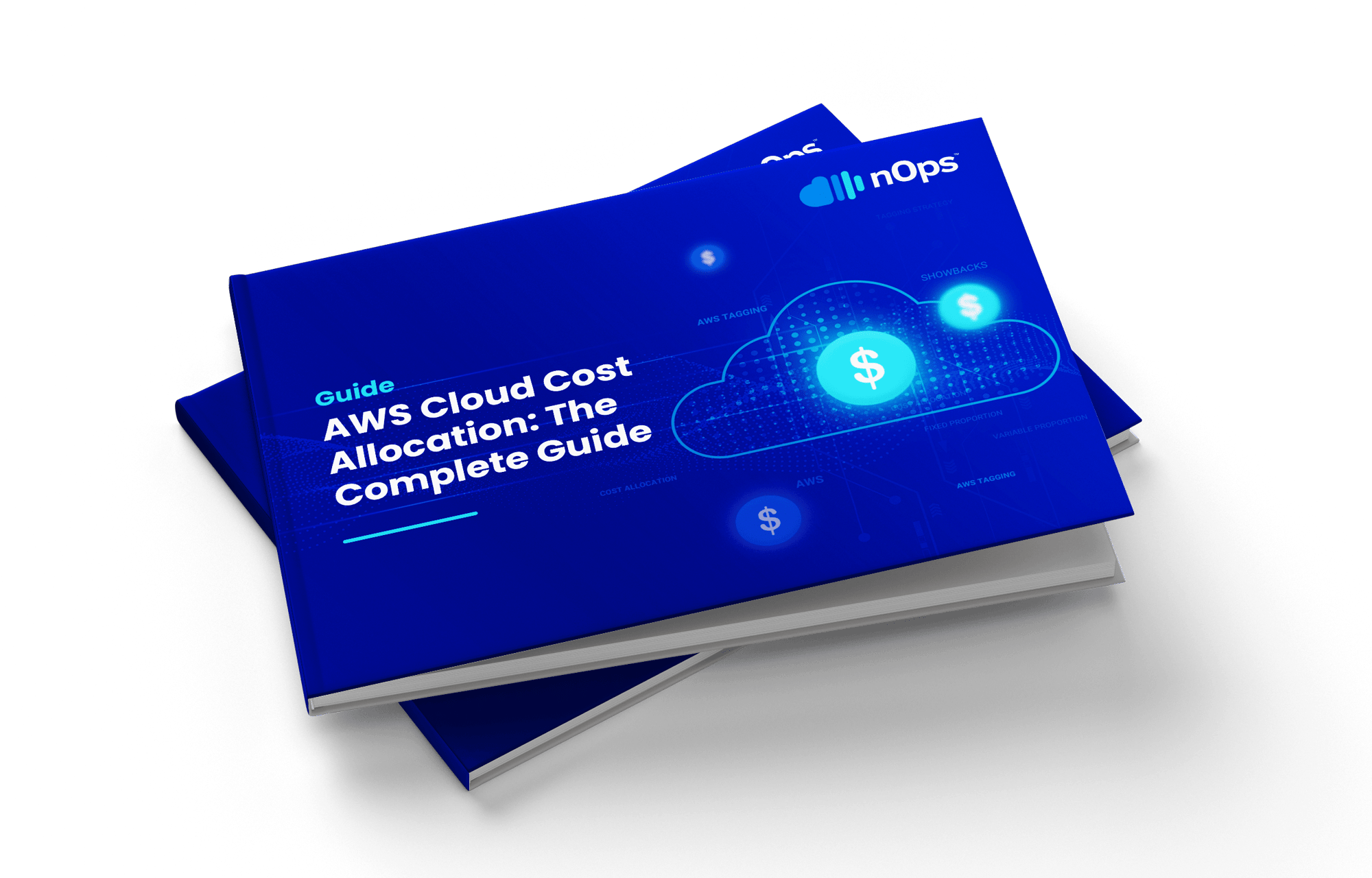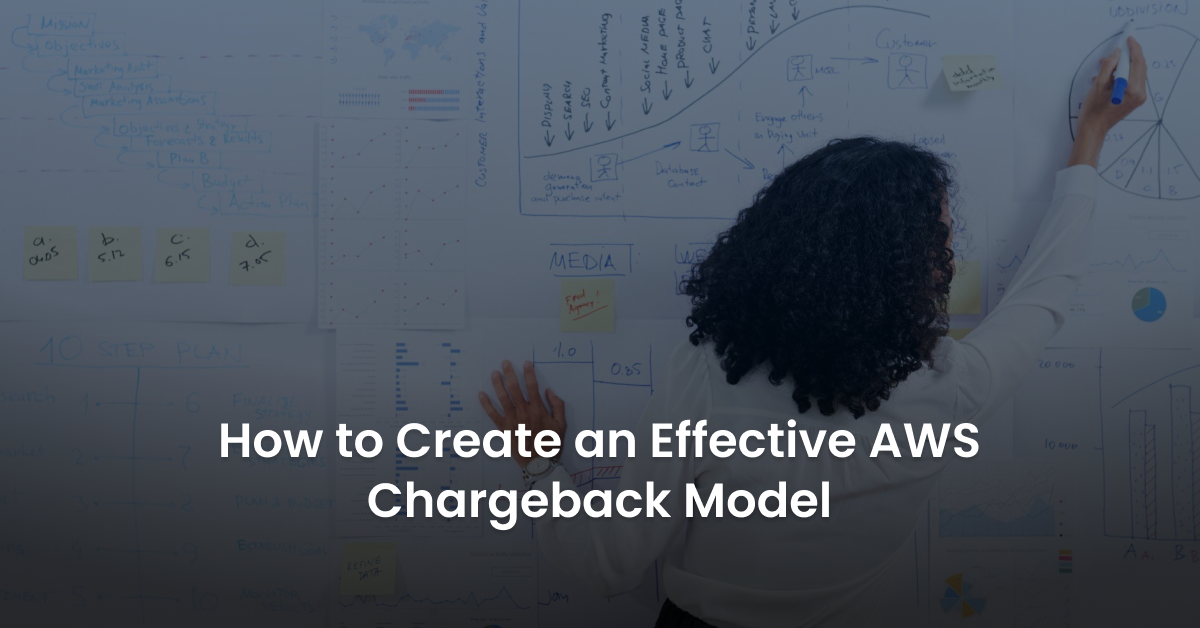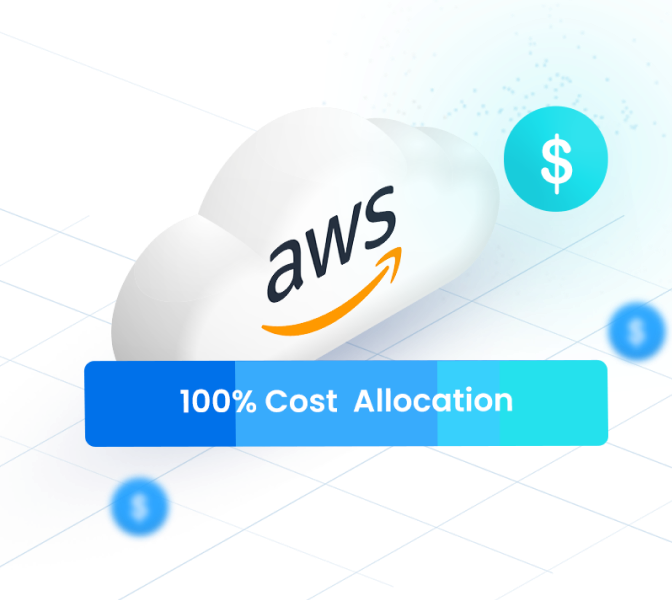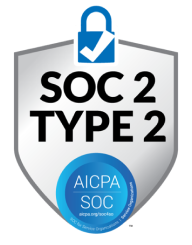An AWS (Amazon Web Services) chargeback model allows IT companies to charge business units or their customers for the resources they use. Chargebacks shift the burden of IT spending to each user, rather than the administrators. Business units become more disciplined, keeping costs in mind when utilizing AWS resources.
An AWS chargeback model enables business partners and departments within your organization to spend efficiently. With proper operational intelligence, you can create an efficient chargeback model that caters to all services in the entire organization.
An efficient IT chargeback model not only recovers costs but also provides decision-making support. Read on to discover how to create an effective AWS chargeback mode!
How to Implement an AWS Chargeback Model (Step-by-Step Guide)
Creating an AWS chargeback model is a step-by-step process that involves the following:
Launch
In this step, you make the case for an AWS chargeback, which involves assessing your organization’s financial maturity and the optimal path to success. You also establish a chargeback.
At this stage, you need to focus on cost drivers. It is imperative to identify and define your IT services, determine how much they cost, and allocate costs to the IT services.
Identify the direct costs, shared costs, and overhead costs with the associated services. The costs include storage, computing, and network bandwidth. After establishing the costs, price each service according to manageable business values.
When you perform this step perfectly, you provide other departments with a better understanding of the challenges and benefits of a chargeback model.
After you’ve identified costs and allocated them to respective services, help your customer or business units to understand chargeback. Explain to your customers its requirements, benefits, and challenges. At this point, you are ready to assess your organization’s needs.
The final process of this step is to establish IT chargeback governance. An effective chargeback model organizes the right resources to achieve excellence. You need to assemble a governance team with a tiered approach and assign roles and responsibilities.
Define
This step involves setting up the AWS chargeback program, determining chargeable service units, cost estimates, prices, and computing chargeback amounts. Ideally, you are providing different units with insights into their costs, what they should pay for, and spending estimates.
Start by discussing the chargeback policies with users. Let everyone know every aspect of the chargeback, including how to handle disputes.
Establish the services that users will have to incur costs for. Also, discuss service pricing and monthly estimates. Finally, discuss best practices for consumption tracking and cost optimization so users can be aware of how to keep costs low.
Implement
Once everyone is aware of their costs, implement the chargeback model. Communicate the rollout plan and establish how you will recover costs from each business unit.
Establishing a communication strategy is vital at this point. During the rollout phase, present a showback to the respective users. Once all users have understood the chargeback process establish a way to recover IT costs, which involves presenting IT expenses generated by the chargeback model.
Revise
The final step involves revising your AWS chargeback model to cover any aspects that you might have left out. While revising your model is a continuous process, you need to collect feedback soonest possible and iterate where there are shortcomings.
Analyze feedback from different units and create an improvement plan. Some changes that may come in handy at this point include policies, chargeable service units, and pricing.
How to Make Your AWS Chargeback Model Successful
Creating a successful AWS chargeback model is an uphill task. You need to factor in lots of aspects and convince your partners that you are taking the right path. In addition, you have to improve the model continuously depending on business dynamics.
Here are some ways to reduce the challenges that come with an AWS chargeback model:
Make AWS chargebacks transparent. Create a transparent chargeback model where users can establish how much they are spending and predict future costs. The best thing is to have an open, auditable chargeback model where users can find answers independently.
Explain pricing before the first billing period. A showback is essential before you send the first bill. You need to communicate the chargeback model and keep everyone informed. This way, you will prevent a scenario where business units have no idea what’s happening.
Be sure you adopt a scalable chargeback solution. A scalable AWS chargeback model is ideal as you can always expand to accommodate new business units or customers. It should avoid the challenge of lock-in where you cannot improve the original version.
Implement an AWS Chargeback With nOps
Through the nOps billing console, you can utilize the chargeback feature and bill every user depending on their spending. nOps provides 360-degree visibility to your IT assets, allowing you to stay ahead of your cloud spending.
Start your nOps free trial today, or schedule a demo to get started!








